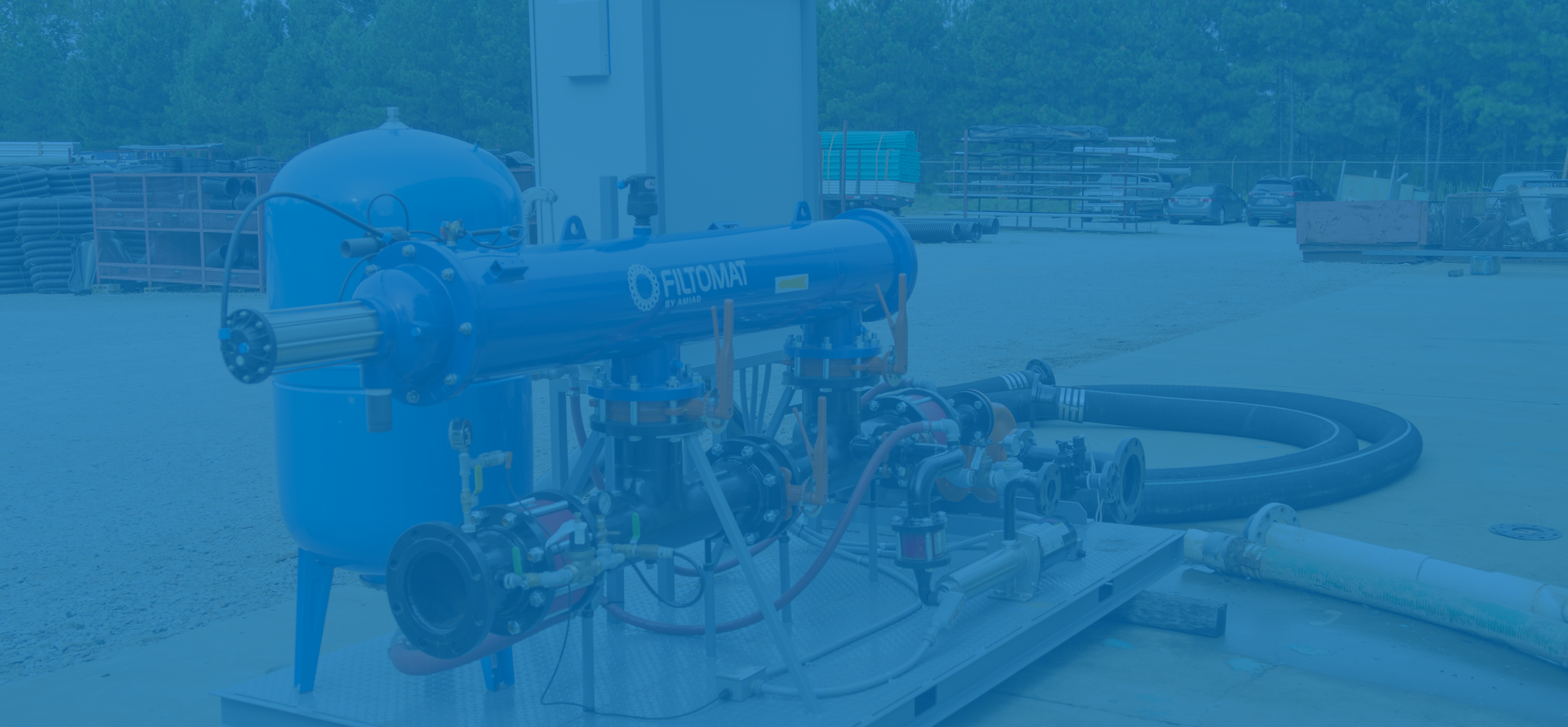How to Enhance Your Pond Ecosystem with a Fountain for Optimal Aquatic Health
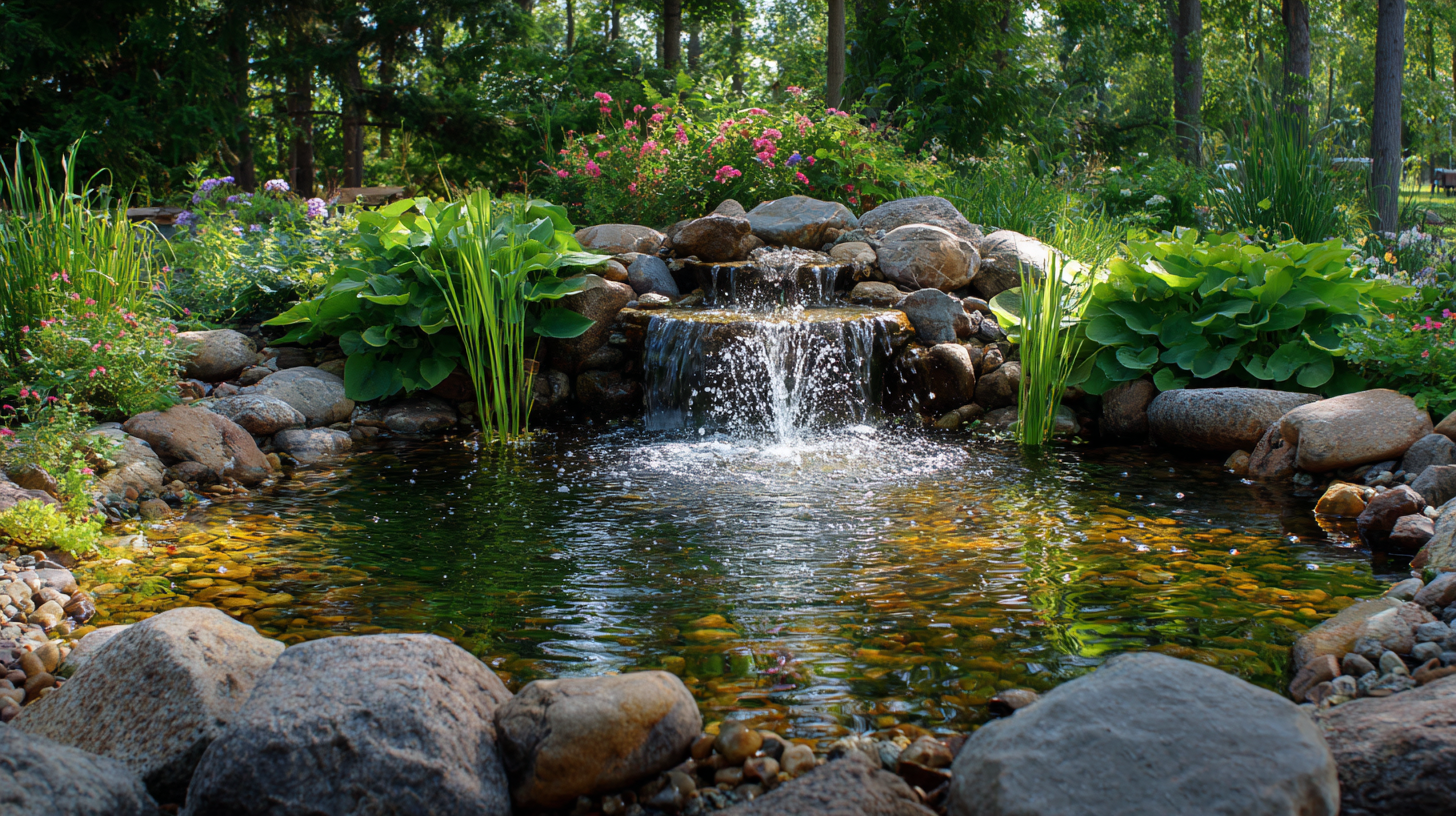 An aquatic ecosystem thrives on balance, and incorporating elements such as a pond fountain can significantly enhance this delicate interplay. According to recent reports from the North American Lake Management Society, maintaining optimal oxygen levels is crucial for sustaining healthy fish populations and reducing algae blooms, which can suffocate aquatic life. A well-placed pond fountain not only aerates the water but also promotes circulation, helping to distribute nutrients evenly and support beneficial microorganisms essential for a vibrant ecosystem. Studies have shown that ponds equipped with fountains can see an increase in dissolved oxygen levels by up to 30%, resulting in improved water quality and biodiversity. By understanding the vital role a pond fountain plays in ecosystem health, pond owners can create a thriving aquatic environment that fosters both flora and fauna, ultimately leading to a more resilient and enjoyable water feature.
An aquatic ecosystem thrives on balance, and incorporating elements such as a pond fountain can significantly enhance this delicate interplay. According to recent reports from the North American Lake Management Society, maintaining optimal oxygen levels is crucial for sustaining healthy fish populations and reducing algae blooms, which can suffocate aquatic life. A well-placed pond fountain not only aerates the water but also promotes circulation, helping to distribute nutrients evenly and support beneficial microorganisms essential for a vibrant ecosystem. Studies have shown that ponds equipped with fountains can see an increase in dissolved oxygen levels by up to 30%, resulting in improved water quality and biodiversity. By understanding the vital role a pond fountain plays in ecosystem health, pond owners can create a thriving aquatic environment that fosters both flora and fauna, ultimately leading to a more resilient and enjoyable water feature.
Benefits of Adding a Fountain to Your Pond Ecosystem
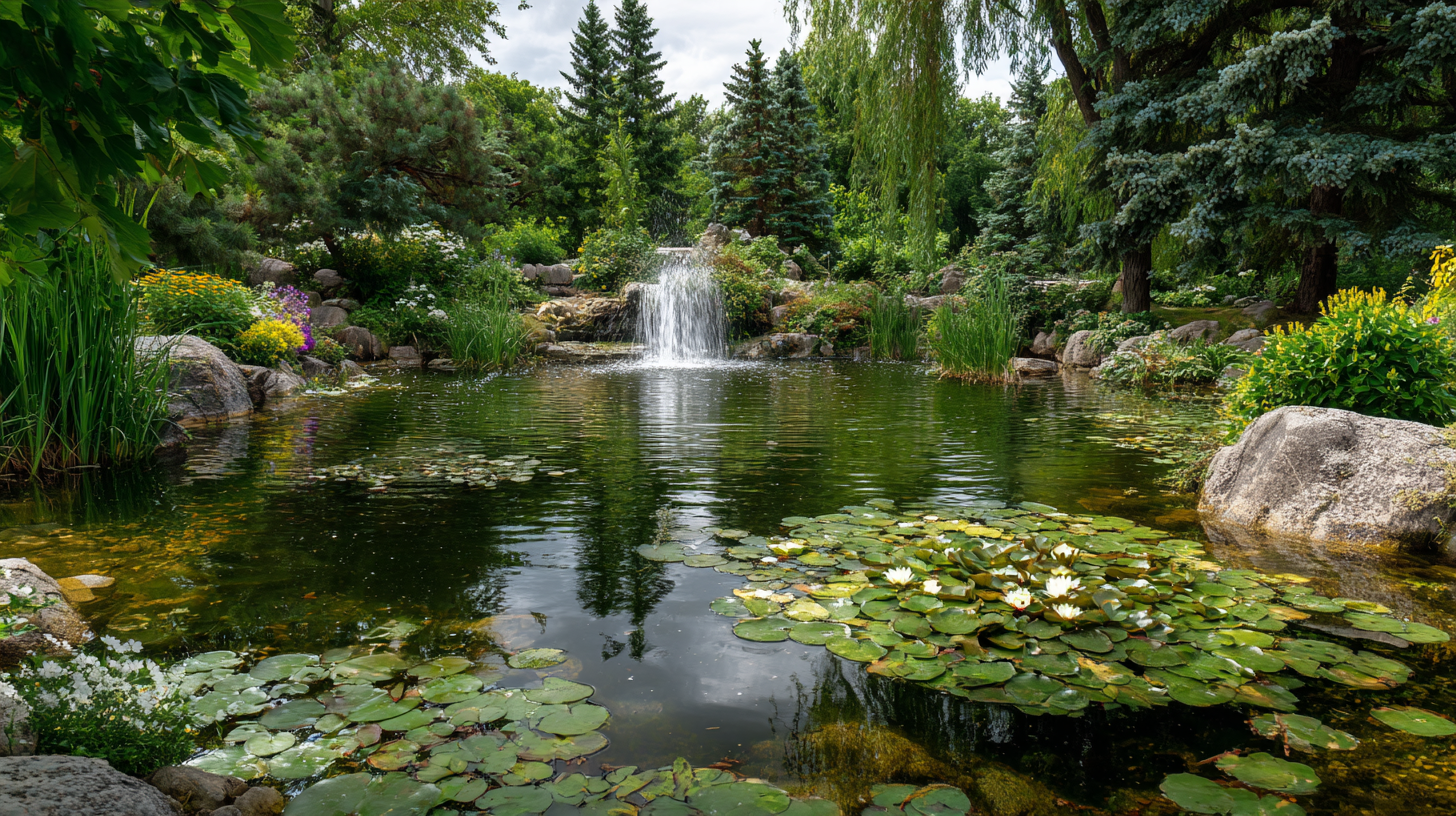 Adding a fountain to your pond ecosystem can significantly enhance aquatic health while also providing several aesthetic and functional benefits. Fountains introduce oxygen into the water, which is essential for the survival of fish and beneficial microorganisms. Increased oxygen levels help reduce harmful algae growth, creating a balanced environment for your pond life.
Adding a fountain to your pond ecosystem can significantly enhance aquatic health while also providing several aesthetic and functional benefits. Fountains introduce oxygen into the water, which is essential for the survival of fish and beneficial microorganisms. Increased oxygen levels help reduce harmful algae growth, creating a balanced environment for your pond life.
Additionally, the visual appeal of a fountain can transform your pond into a serene retreat, making it more enjoyable for relaxation and stress relief. Incorporating a fountain can also support other aspects of your ecosystem; for instance, it can entice local wildlife, such as birds and butterflies, which play crucial roles in pollination and pest control.
Tips:
To maximize the effectiveness of your pond fountain, choose one that matches the size and depth of your pond. Installing the fountain in a central location can enhance both water circulation and aesthetics. Consider adding underwater plants near the fountain to further improve water quality and provide habitat for aquatic species.
Choosing the Right Fountain for Your Pond Size and Depth
When selecting a fountain for your pond, it is essential to consider both the size and depth of your water feature. A small fountain may be ideal for a compact pond, offering a gentle flow that enhances aesthetics without overwhelming the ecosystem. For deeper ponds, however, a more robust fountain is necessary to ensure proper aeration and circulation, which can benefit aquatic life by increasing oxygen levels and reducing algae growth. Understanding these dimensions will help you choose a fountain that integrates seamlessly into your pond's environment.
Additionally, exploring various fountain types can significantly enhance your pond’s ecosystem. Solar-powered fountains, for instance, are an excellent choice for those seeking energy-efficient options that require minimal maintenance. They not only provide the necessary water movement to support fish and plants but also create a calming atmosphere that can transform your outdoor space into a serene retreat. Be sure to assess the features of different models to find one that not only fits your pond's specifications but also aligns with your aesthetic preferences and maintenance needs.
Optimal Fountain Placement for Improved Water Circulation
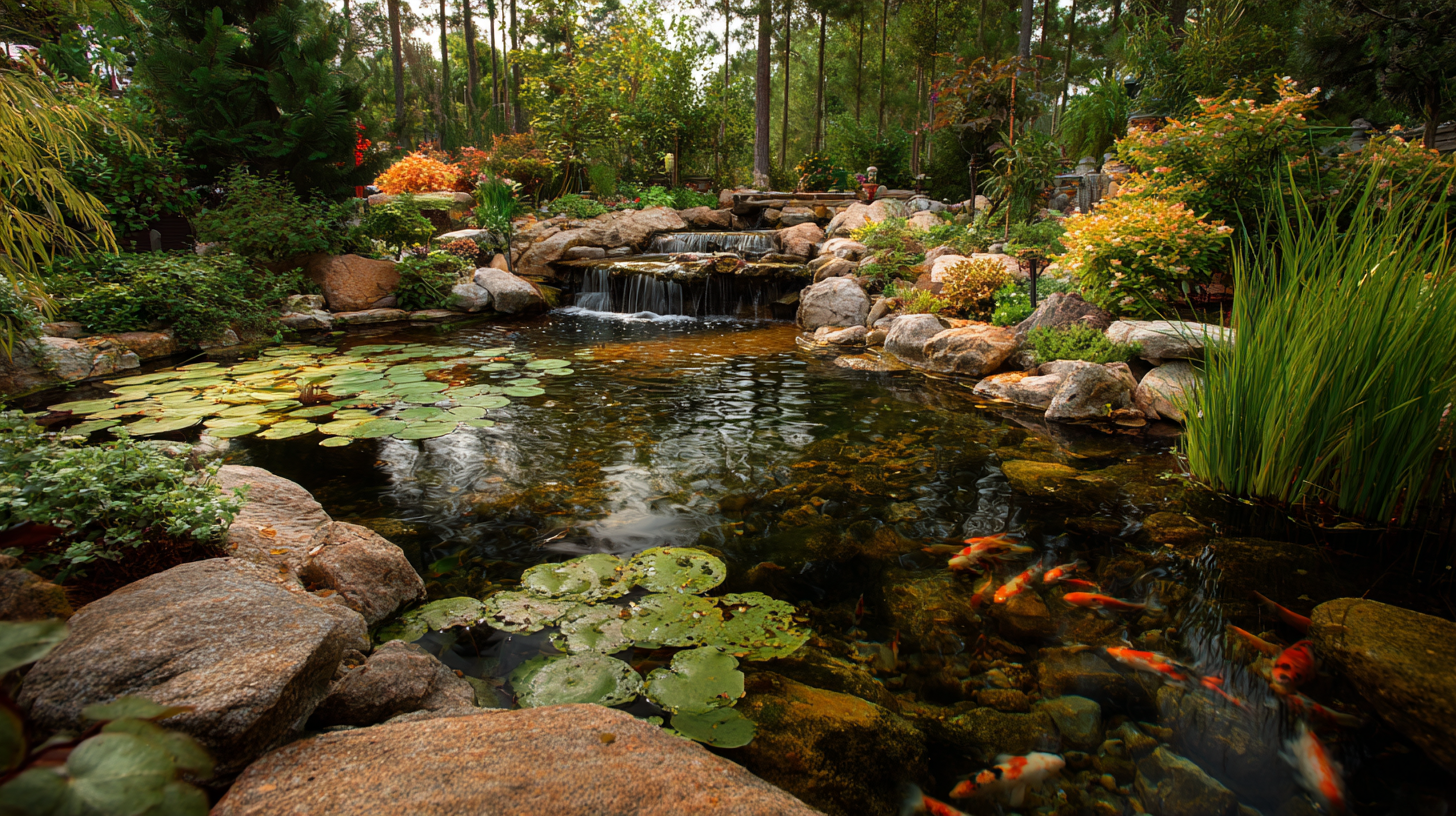 To enhance your pond ecosystem, the strategic placement of a fountain is crucial for optimal water circulation. Positioning the fountain near the center of the pond can create a balanced flow of water, promoting aeration and preventing stagnation. This central location also helps distribute nutrients evenly, benefiting aquatic plants and fish.
To enhance your pond ecosystem, the strategic placement of a fountain is crucial for optimal water circulation. Positioning the fountain near the center of the pond can create a balanced flow of water, promoting aeration and preventing stagnation. This central location also helps distribute nutrients evenly, benefiting aquatic plants and fish.
Tips for Placement:
1. Consider Pond Shape: If your pond is irregularly shaped, try to identify the area where water tends to stagnate and place the fountain there. This will ensure better overall water movement.
2. Adjust for Wind Direction: Be mindful of the prevailing wind direction. Placing the fountain so that the spray faces into the wind can help create a stunning visual effect and encourages water movement toward the edges of the pond.
Using a fountain not only enhances the aesthetics of your pond but also improves water quality by reducing algae growth and keeping the aquatic environment healthy. Consider installing a timer to ensure the fountain operates during peak temperatures, maximizing its benefits throughout the day.
Maintaining Water Quality: How Fountains Aid in Aquatic Health
Fountains can play a crucial role in maintaining water quality within pond ecosystems, ultimately supporting optimal aquatic health. According to a study by the American Society of Pond Professionals, fountains help oxygenate the water, increasing dissolved oxygen levels by as much as 30%. This enhanced aeration is vital, as aquatic organisms rely on sufficient oxygen for respiration.
Moreover, improved oxygen levels can lead to a reduction in the proliferation of harmful bacteria and algae, which often thrive in stagnant waters.
Furthermore, the introduction of a fountain contributes to water circulation, helping to distribute nutrients evenly throughout the pond. A report from the Environmental Protection Agency (EPA) indicates that stagnant water can lead to stratification, where layers of water become distinct and isolated, often resulting in lower water quality.
By promoting circulation, fountains help to prevent these layers from forming, ensuring that beneficial microorganisms remain active throughout the entire water column, thereby fostering a healthier pond environment. In essence, integrating a fountain into your pond not only enhances its aesthetic appeal but also significantly boosts its ecological balance and health.
Enhancing Aesthetic Appeal and Wildlife Habitats with Fountains
Adding a fountain to your pond not only enhances its aesthetic appeal but also plays a crucial role in supporting local wildlife habitats. Research indicates that water features, such as fountains, can significantly improve oxygenation levels in pond ecosystems. According to the Water Quality and Ecosystem Health report by the U.S. Environmental Protection Agency, a well-oxygenated water body can support a greater diversity of aquatic life, providing essential habitats for fish, amphibians, and beneficial microorganisms. By promoting the circulation of water, fountains help to maintain a balanced ecosystem that contributes to the overall health of your pond.
Moreover, fountains can serve as a magnet for wildlife, attracting birds, butterflies, and other beneficial insects that rely on water sources. A study conducted by the National Wildlife Federation revealed that incorporating water features in gardens increases the presence of pollinators and other wildlife by up to 30%. This increase not only enhances the ecological richness of your pond but also contributes to the aesthetic value of your landscape, as diverse wildlife adds life and movement to the area. By investing in a fountain, you can create a vibrant and healthy aquatic environment that supports both the beauty of nature and vital ecological functions.
How to Enhance Your Pond Ecosystem with a Fountain for Optimal Aquatic Health - Enhancing Aesthetic Appeal and Wildlife Habitats with Fountains
| Aspect | Details |
|---|---|
| Fountain Type | Solar-powered, Decorative, Aerating |
| Benefits to Aquatic Life | Improved oxygen levels, Enhanced circulation, Supports beneficial bacteria |
| Wildlife Enhancement | Attracts birds, Supports amphibians, Promotes beneficial insects |
| Aesthetic Appeal | Visual focal point, Sound of water, Variety of styles |
| Maintenance Tips | Regular cleaning, Check pump functionality, Monitor water levels |
| Environmental Considerations | Use of non-toxic materials, Energy efficiency, Native plants integration |
Related Posts
-

2025 Trends in Built-in BBQ Technology: The Ultimate Guide to the Best Innovations
-
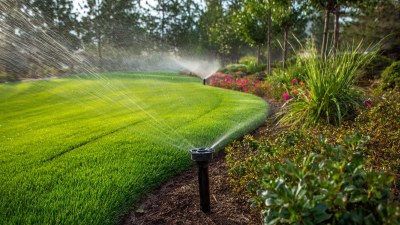
7 Secrets to Selecting the Best Sprinkler System Installation for Your Landscape
-
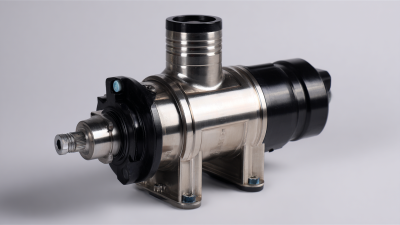
Unlocking Global Opportunities with China's Leading Fountain Pump Manufacturing Solutions
-
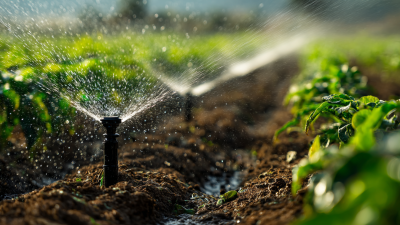
How to Select the Best Sprinkler System for Your Agricultural Needs
-
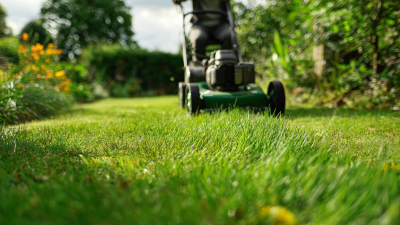
What Makes Grass Fertilizer Essential for a Healthy Lawn
-
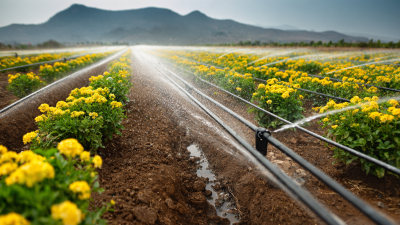
Innovative Examples of Top Irrigation Supplies Boosting Crop Yields and Water Efficiency
Stay Connected
Sign up today to keep up with the newest information from one of the Southeast’s leading suppliers of fluid handling equipment!






